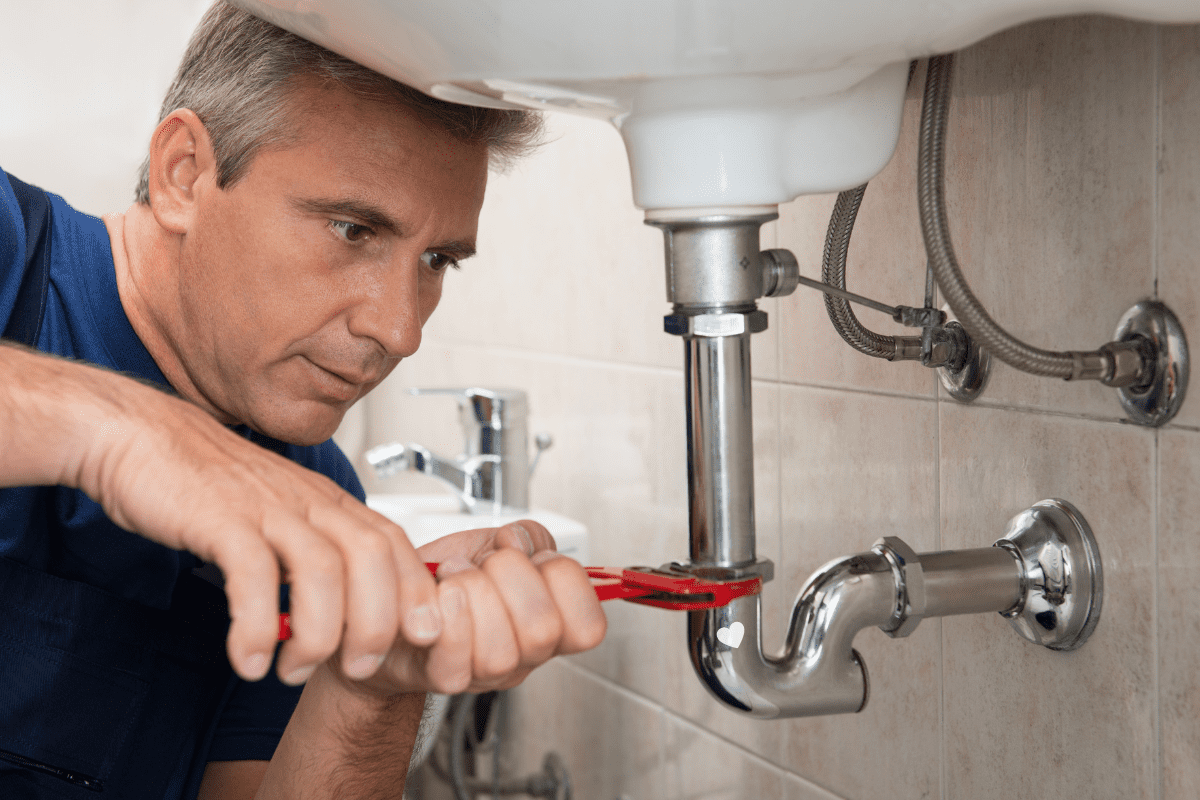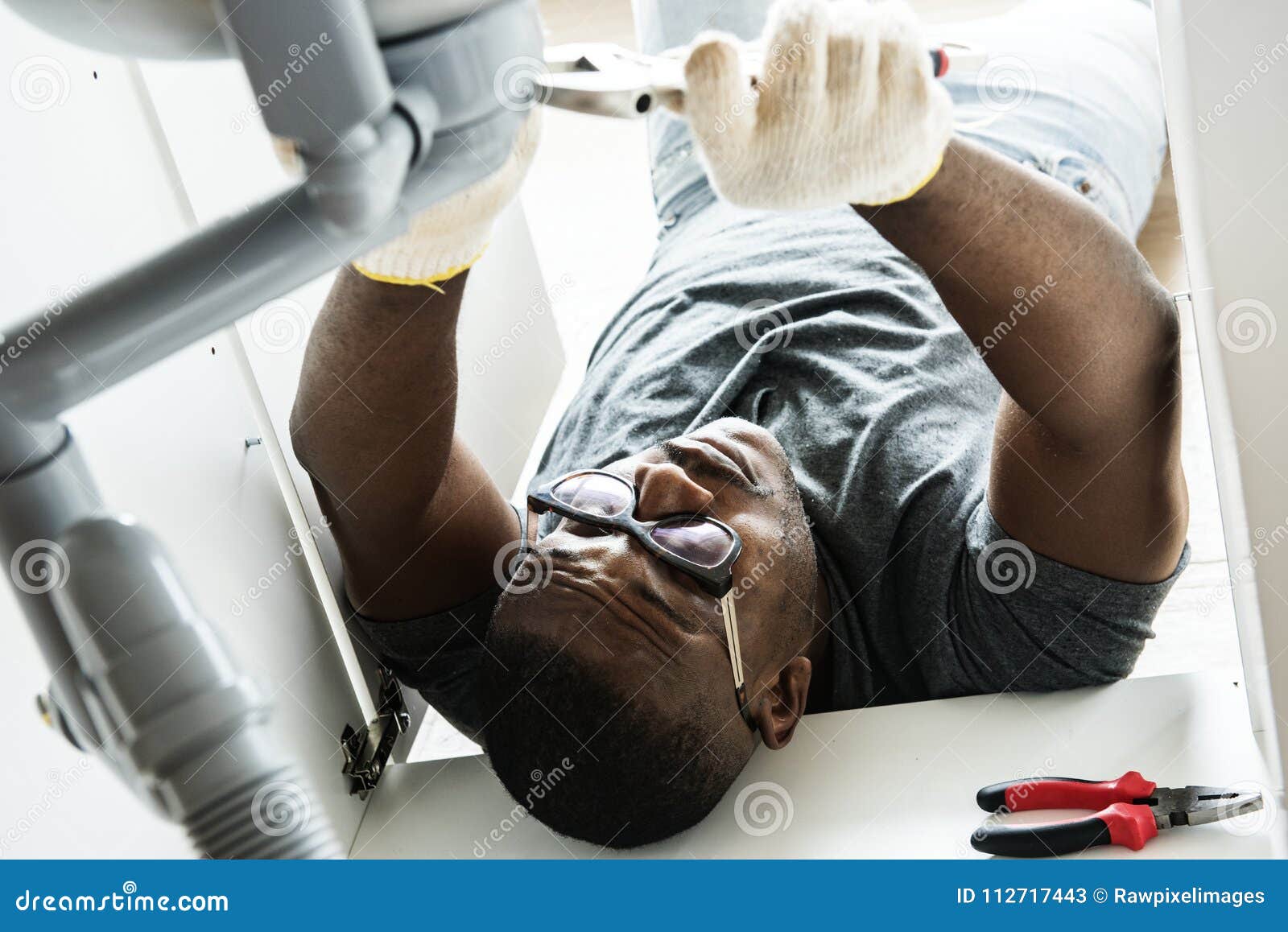Professional Drain Cleaning Alabaster AL to Keep Your Pipeline Flowing
Professional Drain Cleaning Alabaster AL to Keep Your Pipeline Flowing
Blog Article
A Detailed Guide to Efficient Water Heater Installment for Ideal Performance
Embarking on the task of mounting a water heating system is a venture that demands accuracy and a methodical method for achieving optimum efficiency. The procedure begins with the vital decision of picking the proper heater customized to the certain needs of your family, taking into consideration aspects such as type, dimension, and energy resource. Once selected, preparing the installment location to satisfy security criteria is critical. Nonetheless, the trip doesn't end here. As you continue, the ins and outs of attaching water lines and establishing dependable electric or gas links await, appealing insights right into ensuring performance and reliability.
Selecting the Right Water Heating System

Following, consider the size and ability of the water heating system. It's crucial to analyze your home's hot water requirements, which can differ based upon the variety of owners and their usage patterns. A system that's too small might result in insufficient warm water, while an oversized model may result in unneeded energy usage.
Performance rankings additionally play a pivotal role in selection. Seek water heating units with high Energy Aspect (EF) rankings, showing premium performance and minimized energy use. Tankless designs, though generally more pricey ahead of time, offer substantial power savings in time because of their on-demand home heating capabilities.
Preparing the Installation Location
Prior to installing a new water heater, precise prep work of the setup location is crucial. It's important to measure the area carefully to accommodate the water heating unit's measurements, making certain ample clearance around the device for efficient operation and servicing.
Next, eliminate any debris, dust, or obstructions from the website to create a clean atmosphere. Inspect the flooring for stability, as the water heating system will require a strong, degree surface area to operate efficiently. If needed, install a drip frying pan below the device to capture possible leakages or spills, protecting against water damages to the surrounding location. In areas vulnerable to seismic activity, consider setting up seismic straps to secure the heating system securely in location.
Additionally, ensure that all necessary devices and products are on hand before commencing the installment. This consists of products such as wrenches, screwdrivers, a level, and any additional equipment required for safeguarding the heating unit and mounting. A well-prepared installation location sets the foundation for an effective water heating system configuration, optimizing efficiency and security.
Connecting Water System Lines
When connecting water supply lines to your recently installed water heater, it is important to ensure that all links are leak-free and safe and secure to keep effective operation and stop water damage. Begin by determining the chilly and warm supply of water lines. The chilly water inlet is commonly noted with a blue label or a "C", while the warm water outlet is marked with a red tag or an "H".
Use versatile water heating system adapters to facilitate a much easier installment procedure. Before connecting the ports, position a plumber's tape around the threaded ends of the water heater's inlet and outlet pipelines.
As soon as links remain in area, gradually turn on the main supply visit site of water valve. Examine each connection for leaks by visually inspecting and feeling for wetness. Tighten links as needed, and make certain the stress alleviation shutoff is properly set up, guarding versus extreme pressure build-up.
Establishing Electrical or Gas Links
Properly establishing the electrical or gas links for your water heating system is check my source a crucial action to make certain secure and reliable procedure. For electric water heating units, begin by confirming that the electrical circuit works with the heating system's voltage and amperage needs. Make sure the power supply is switched off at the circuit breaker to prevent crashes. Attach the electric cables to the heater adhering to the supplier's wiring diagram. Typically, this entails attaching the ground cable to the green terminal, and the continuing to be cords to their matching terminals, securing each with cord nuts.
For gas hot water heater, safety is paramount. Verify that the gas supply is off before continuing. Connect the gas line to the water heating system using an adaptable gas adapter, ensuring it is effectively threaded and sealed with pipeline joint substance or Teflon tape suitable for gas links. Tighten the connections with a wrench, taking treatment not to over-tighten (Plumbing Alabaster AL).
Once connections are made, check for any kind of potential leaks. For gas lines, apply a soapy water service to the joints; bubbles show a leakage. For electric connections, double-check that all circuitry is safe and effectively insulated, keeping conformity with regional electric codes.
Adjusting and testing for Performance
With the electrical and gas links firmly in location, the next action is reviewing the functional efficiency of your water heater. Begin by meticulously transforming on the water supply and making sure there are no leaks at any of the shutoffs or joints.
Next, carry out an extensive inspection to make certain the home heating elements or gas heaters are working correctly. For electrical heating units, utilize a multimeter to validate if the aspects are drawing the proper present. In gas versions, observe the burner flame; it must be blue and stable, suggesting efficient burning.
Adjust the setups as required to eliminate inefficiencies. Think about implementing insulation actions, such as adding a hot water heater blanket, to better improve performance by decreasing heat loss. In addition, check the anode pole's problem, as a worn-out pole can minimize effectiveness and Continued bring about storage tank deterioration.
Final Thought
Effective water heater installation is vital for guaranteeing optimal efficiency and power financial savings. Securely connecting water supply lines and very carefully establishing up electric or gas links decrease potential issues.

Appropriately setting up the electrical or gas links for your water heating unit is an essential step to guarantee effective and risk-free operation. For electric water heating units, begin by confirming that the electric circuit is suitable with the heating unit's voltage and amperage demands. Attach the gas line to the water heating system making use of a versatile gas port, guaranteeing it is appropriately threaded and secured with pipeline joint substance or Teflon tape appropriate for gas connections.
Report this page